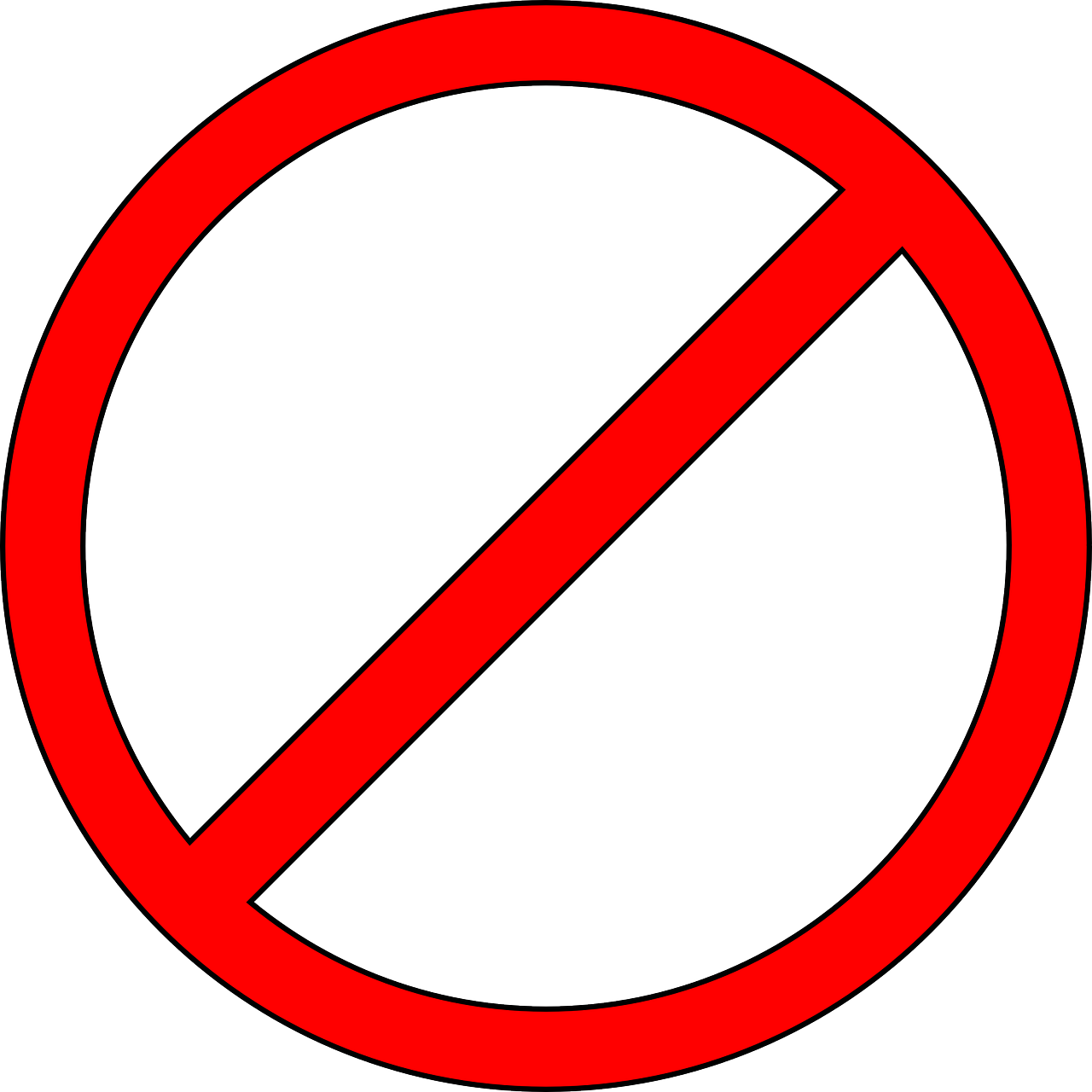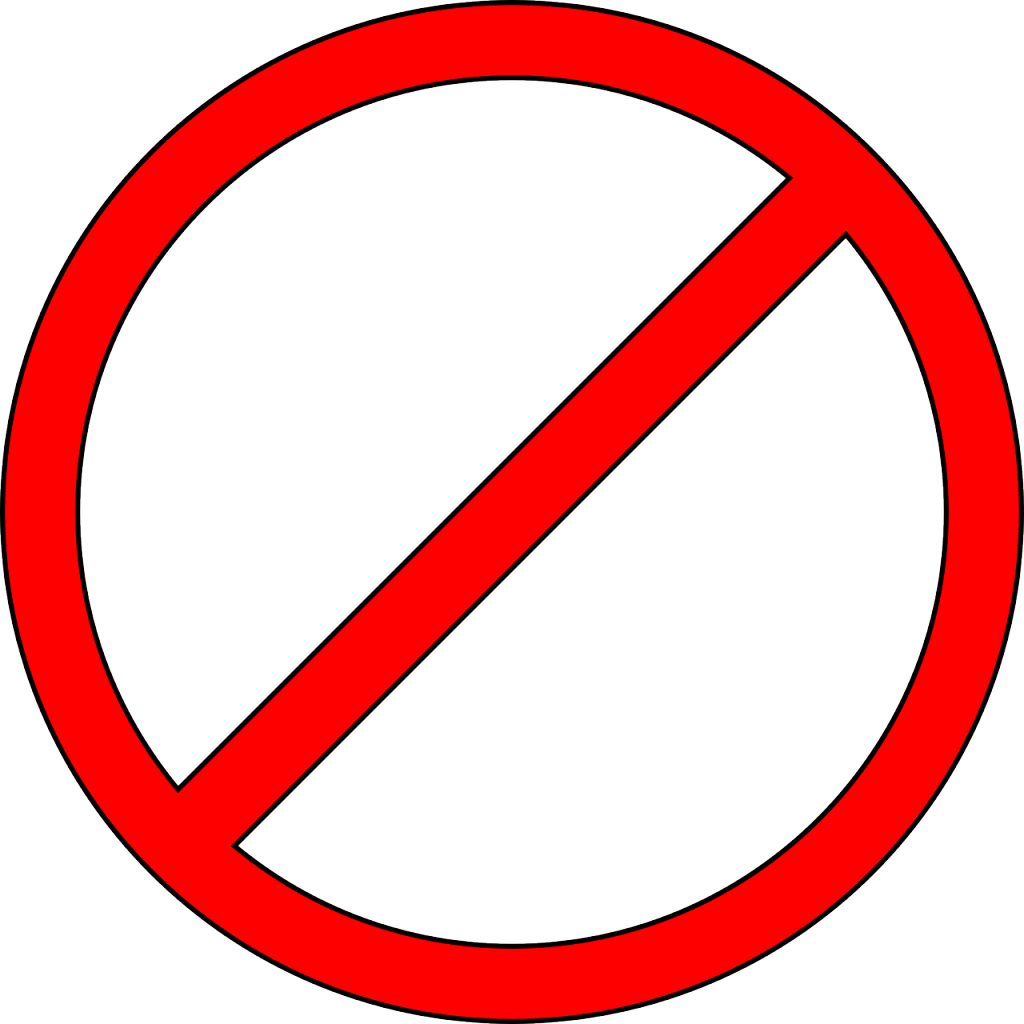This article is written by Pujitha G., a student of NLUO, Odisha.
Earlier this month, an outraged public and the media took to blogs, newspaper articles, SMS, television discussions and social media to vehemently discuss and criticise the government’s move to ban a definite number of 857 porn websites from being accessed by virtue of a July 31 order that directed for such ban. This move by the government was condemned and naturally, certain questions arose. Firstly, what was the government thinking when it sought to introduce such a ban? Secondly, does the government have the power and authority to invoke such a ban? Thirdly, what about our right to freedom of choice when exercised within limits? These were some of the basic questions that formed the basis of the angered contentions of the mass public.
Was the ban really introduced out of the blue? Perhaps not. In 2013, Kamlesh Vaswani, a lawyer by profession, filed a PIL before the Supreme Court that demanded for a separate law to govern online pornography since the general cyber laws were insufficient to curb the circulation of pornographic content and the PIL also sought a ban on access to such online pornography websites. “Nothing can more efficiently destroy a person, fizzle their mind, evaporate their future, eliminate their potential or destroy society like pornography,” wrote Vaswani in the petition filed. He argued that pornography encourages violence against women and it threatens the social security of the country. The Supreme Court rejected his demand for introducing a ban on pornography with Supreme Court Chief Justice H.L. Dattu stating that adults in India had the right to peruse pornographic material if they wanted to as long as they did it within the four walls of their homes. He further rightly said that such a ban would be a violation of Article 21 which safeguards a person’s right to personal liberty. However, in 2014, another Supreme Court Bench headed by the then Chief Justice R.M. Lodha, called for a combined effort between the Department of Telecommunication, Information and Broadcasting Ministry and Home Ministry to deal with the issue, especially the aspect of curbing access to child pornography which is an offence under section 67B of IT Act. He said that there must be a “synthesis between law and technology” to control the abundant availability of pornographic material on the Internet. Vaswani’s lawyer argued that the officials who ran these websites were guilty of offences under s. 292 of IPC (punishment for showing obscene materials) and s. 13 of Protection of Children from Sexual Offences Act (use of children for pornographic purposes).
At this point, the Union Home Ministry told the Court that they would ask the major social networking sites and search engines like Facebook, Google and Twitter to set up servers in India so that they could scan and monitor the content that is put up. This was to be done because most of the servers were overseas where the headquarters of these establishments were situated and thus the content was put up outside of India. This in turn creates jurisdictional issues that bar the Ministry from taking necessary actions in this regard, said Additional Solicitor General Nageswara Rao on behalf of the Centre. Justice Rohinton Nariman had also emphasized on the need for servers in India to efficiently tackle the problem of child pornography.
The Supreme Court, at this juncture, handed the responsibility to the Centre because the ISPs said they were not fully capable of making independent decisions to filter out and closely monitor every website without guidelines or directions coming from either the DoT or the Court. One of the major hurdles to this was that the definition of pornography is wide and cannot be given a restricted idea and blocking of websites without specific guidelines might result in certain medical and non-pornographic harmless adult humour websites getting blocked. “One man’s porn is another man’s art,” submitted the ISPs in their combined submission to the Court.
The Central government had then ordered for 857 websites that contained pornographic material to be blocked vide an Order dated 31 July as it was in contravention with section 79(3)(b) of the IT Act and it also violated “morality and decency”. This kind of unexplained and sudden blanket ban over a long list of websites was unwarranted for. Keeping aside the issue of whether the act of watching pornography is right or wrong, shouldn’t the government of a democratic country like India informed its people before executing such ban?
Another issue with such sudden blanket ban done without a proper filtering process is that it led to websites such as CollegeHumor, which is a website that shares videos and images with harmless adult humour and 9GAG, which is a social media platform for sharing of various forms of content to become inaccessible; where both of these websites being free from endorsing any pornographic content. The vague and ambiguous order by the government was clearly an intrusive move against one’s right to privacy and an unwarranted attempt at moral policing the country that is the fourth largest consumer of pornographic content, preceded by the United States, Britain and Canada respectively.
This ban also led to a lot of parallel debates cropping up regarding cultural intolerance. It was seen by many as another move towards cultural intolerance promoted by the BJP government. However, apart from the social shamming of this ban, the question that needs to be looked into is whether or not this ban has any legal backing?
The DoT reasoned out the ban by relying on section 79(3)(b) of the Information Technology Act, 2000. This section places an obligation upon the intermediaries or ISPs to act with due diligence and act in accordance with the orders given by the Court or government and subsequently attain immunity from any punishment for offensive content uploaded by a third party. Section 79(3)(b) states that in case of failure of the intermediaries to act upon any such order or notice received from the government or court or failure to remove or disable access to objectionable content in spite of having knowledge of its nature, they cannot be excused from their liability. Additionally, the Information Technology (Intermediary Guidelines) Rules, 2011 mandates that the intermediaries duly inform the users of the computer resources not to upload, promote, publish or display or contribute in any manner any information or images that is harmful, grossly vulgar, pornographic, hateful, radical, ethically objectionable or blasphemous in nature.
The DoT’s response to the general argument of how the ban violates people’s fundamental right to free speech and expression is that hosting of porn sites affects the morality and decency and thereby justifies the ban to be an act imposing “reasonable restriction” upon such fundamental right since the State has the authority to do so under Art. 19(2) which allows the State to impose such restrictions “in the interests of the sovereignty and integrity of India, the security of the State, friendly relations with foreign States, public order, decency or morality or in relation to contempt of court, defamation or incitement to an offence”.
Earlier this year while the Supreme Court dealt with the issue of section 66A of IT Act which permitted the police to arrest people if their social media posts were understood to be offensive, it also looked into the scope of section 79(3)(b) and said that the intermediaries cannot block online content at its own whims and must only do so after orders from the government or court. The Court also added that such orders must fall within the purview of Art. 19(2) and orders ultra vires the scope of Art. 19(2) cannot find shelter under section 79(3)(b). This leads to the understanding that for the government’s ban to hold water, what must be seen is that whether such a ban is justified as a “reasonable restriction” as under Art. 19(2).
However, within a few days, on August 4th, the government gave into the public outrage and lifted this ban partially and issued another order for banning of only those websites that host child pornographic content online. The implementation of this vague and unreasonable order in the manner it is intended is yet to be seen since this imposes the duty of filtering child pornography from adult pornography upon the service providers who are now in a fix as to how to ensure such implementation.
To conclude, such a ban is almost impossible to execute owing to the fact that there are over 40 million websites that provide access to pornographic content for free. This ban lacks sufficient legal backing as it clearly indicates that the government was merely trying to justify its unsound blanket ban by seeking shelter under section 79(3)(b). However, the Supreme Court has previously stated that this section can be resorted to only if the subject matter falls under the purview of Art 19(2). Following the public fury and ardent criticism, the government has finally realised the deficiencies in its order thereby lifting the ban and people in the Kamasutra land can watch porn online again.
 Serato DJ Crack 2025Serato DJ PRO Crack
Serato DJ Crack 2025Serato DJ PRO Crack










 Allow notifications
Allow notifications




[…] the ban drew pointed rebukes from free-speech advocates, some of whom argued that the order violated parts of the Indian Constitution. Days after the ban was announced, the government relaxed […]
[…] the ban drew pointed rebukes from free-speech advocates, some of whom argued that the order violated parts of the Indian Constitution. Days after the ban was announced, the government relaxed […]
[…] the ban drew pointed rebukes from free-speech advocates, some of whom argued that the order violated parts of the Indian Constitution. Days after the ban was announced, the government relaxed […]
[…] the ban drew pointed rebukes from free-speech advocates, some of whom argued that the order violated parts of the Indian Constitution. Days after the ban was announced, the government relaxed […]